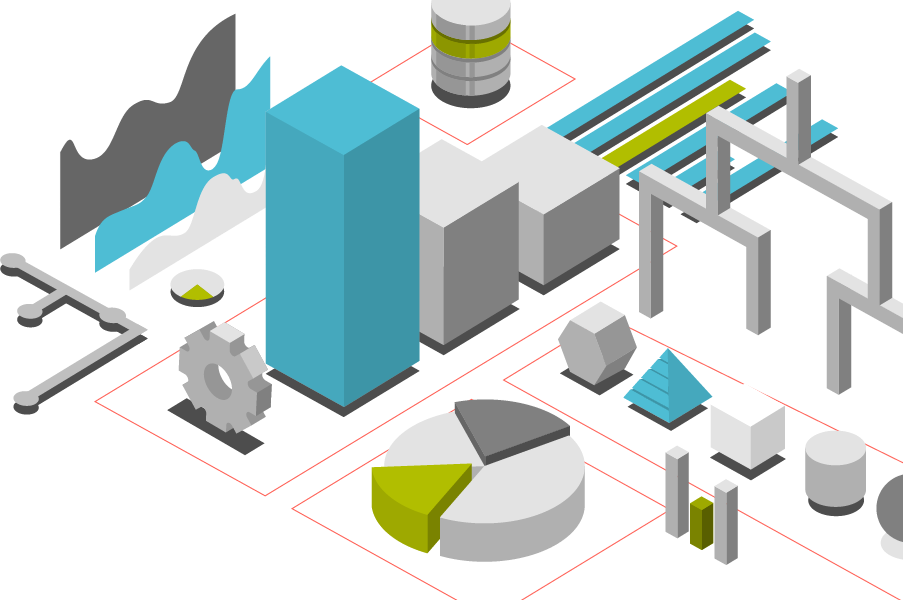
Product Table Design
Table Views: Improve findability and drive conversions
An increasing number of manufacturers and distributors are displaying “table views” on product detail pages (PDPs) and product listing pages (PLPs). Tables allow users to review a logical collection of items in less spaces, while also having a better understanding of the similarities and differences between the items. Unlike a traditional product listing page, where each SKU is represented as a separate tile or card with a separate image and description, table views list items in tables, typically with one item per row and several attributes as columns.
Traditional Product Listing Page

Table View Product Listing Page

Market leaders have been investing heavily in this UX paradigm because it is shown to increase conversion rates, decrease selection time, increase selection confidence and improve user satisfaction.
Table view performance is driven by search and select advantages including
-
Table Groupings - Tables act as an additional layer of taxonomy or hierarchy, allowing users to see logical groups of similar items together, rather than scattered across long item lists.
-
Compare - Table columns allow users to see differences and similarities across multiple attributes within the table, allowing for users to compare specifications and prices across similar items without leaving the listing page or requiring users to place items into a “product compare” functionality.
-
Item Density - Not only are items grouped in a more logical way, they allow more items to be shown in the same amount of vertical space.
-
Description Optimization - Descriptive help text can be listed once at the top of each table, rather than be hidden (and duplicated) on product detail pages.
-
Sequencing simplification - Traditional PLP views can require manually sequencing items in a category, high-touch boost-and-bury schemes, or machine learning schemes that struggle to overcome the "wall-of-SKUs" paradigm (there is no good way to sequence the first ten SKUs from a category of 1,000 SKUs). Sequencing is vastly simplified with table views.
-
Facet compatibility - Table views require very little alteration to the design of navigation facets.Tables typically persist after facet selections so that the advantages of table views extend throughout the selection process.
-
Product Management - For many of the same reasons that table views improve customer experience, they can also revolutionize the way that product managers evaluate and plan their offerings. Product selection, product promotion, pricing, and analytics are enhanced by table views.
-
Challenges - If tables are so great, why isn’t everybody doing it? There are several reasons why only a handful of the largest distributors and manufacturers have rolled out table views:
-
Data Design Effort - Tables require new data, including item classification, images, titles, descriptions, table sections, column assignment, alternate attribute labels, etc. Even when the value to users is well understood, table views can be a heavy lift for IT and operations and require substantial change management. IDA’s approach to table view design automates a large portion of the design work to accelerate implementation times.
-
Development Effort - Table views drive changes to product listing pages and search results pages, plus a slew of new UX decisions. New wireframes, new prototypes, new test sites, etc.
-
Search Integration - Table views can require updates/customization to type-ahead, search results pages and search logic itself.
-
Data Quality Requirements - Data completeness and consistency issues are much more visible when publishing tables. Consistent and complete data is a prerequisite for table publishing.
-
Training & Workflow Updates - Table views blur the lines between merchandising and data stewardship. They can require new collaboration patterns between data stewards, subject matter experts, and product managers.
Let us show you how Table View Design can radically improve your product description pages and product landing pages making your products easier to find, purchase and describe. Schedule a demo today!
